Activists Target Eric Trump During Worldwide Rally Against Trophy Hunting
The News
During the Worldwide Rally Against Trophy Hunting (WRATH), dozens of animal rights activists in New York City protested at the home and office of one of the planet’s most notorious trophy hunters — Eric Trump. Several broadcast and print media outlets reported on the event.
During the rally, Edita Birnkrant, the Executive Director of the animal rights group NYCLASS, entered Eric Trump’s apartment building to deliver a letter to his wife, animal advocate Lara Trump, encouraging her to dissuade her husband from trophy hunting. Two reporters followed her into the building with their cameras rolling.
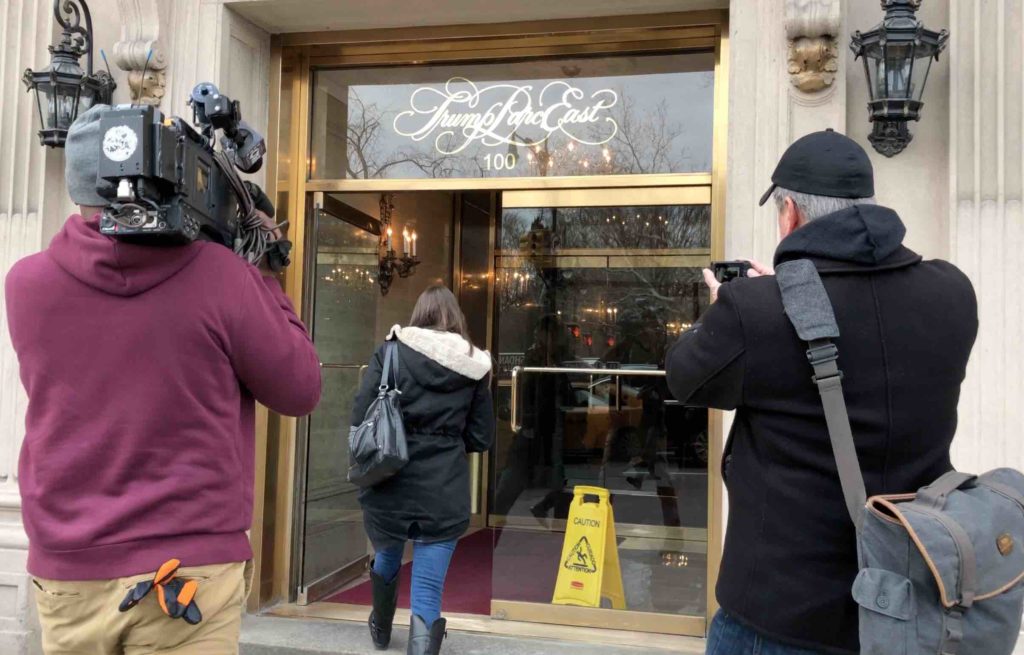
Flanked by reporters, Edita Birnkrant, the Executive Director of NYCLASS, delivers a letter to Lara Trump, encouraging her to discourage her husband Eric from trophy hunting.
WRATH was created in 2016 by the animal rights organization CompassionWorks International in response to the killing of Cecil, a beloved lion in Zimbabwe who was shot and beheaded by Walter Palmer, a trophy hunter from Minnesota. The death of Cecil sparked global outrage and triggered several weeks of public discourse around trophy hunting.
IN 2018, WRATH events took place in 32 cities in several countries around the world, including Australia, Ireland, Canada and Brazil.
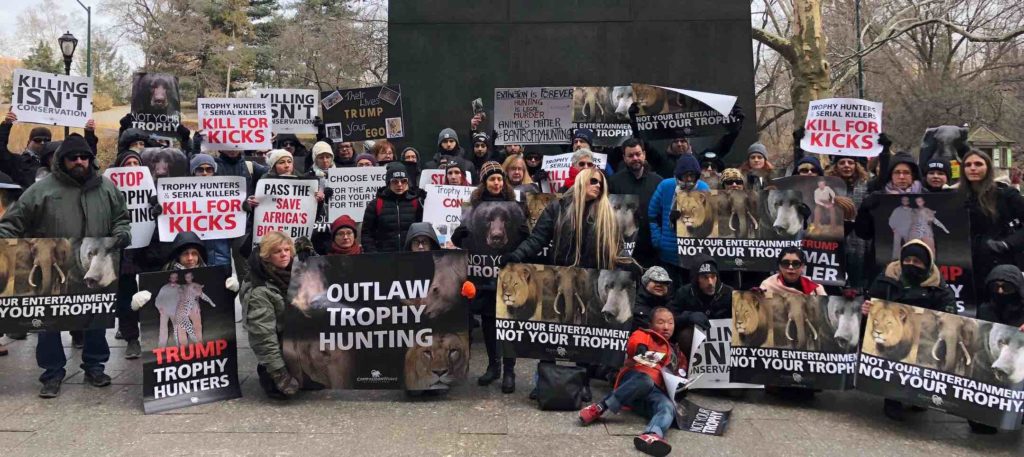
Activists in NYC participate in Worldwide Rally Against Trophy Hunting with protest at home of trophy hunter Eric Trump.
WRATH is held to coincide with the annual convention of Safari Club International, a 50,000 member Texas-based pro-hunting organization that spends millions of dollars each year lobbying elected officials to support their mission. During the convention, organizers auction off hunts with endangered & threatened species. In 2018, a polar bear hunt was featured in the in promotional materials for the convention.
Trophy hunters justify the killing on the grounds that the money they spend helps to conserve the species and supports local community. Activists dispute that claim, arguing that most of the money spent by trophy hunters goes to the trophy hunting companies and to local government officials.
During the WRATH event in NYC, Nicole Rivard, a campaigner with Friends of Animals, told rally participants about pending trophy hunting legislation in the state of New York: “We cannot rely on fluid federal law to ensure that Africa’s big five do not go extinct. When it comes to trophy hunting, federal law is not protective at all. We have legislation – Save Africa’s Big Five bill – to stop trophies from entering New York. The state bill would ban the importation, possession, sale or transportation of the trophies of elephants, lions, leopards and black and white rhinos. New York is the busiest port of entry for African wildlife in the US. Let’s shut it down.”
Your Turn
Please follow CompassionWorks International on Facebook to stay apprised of the organization’s life-saving work.
Filed under: Entertainment, WIldlife
Tagged with: trophy hunting



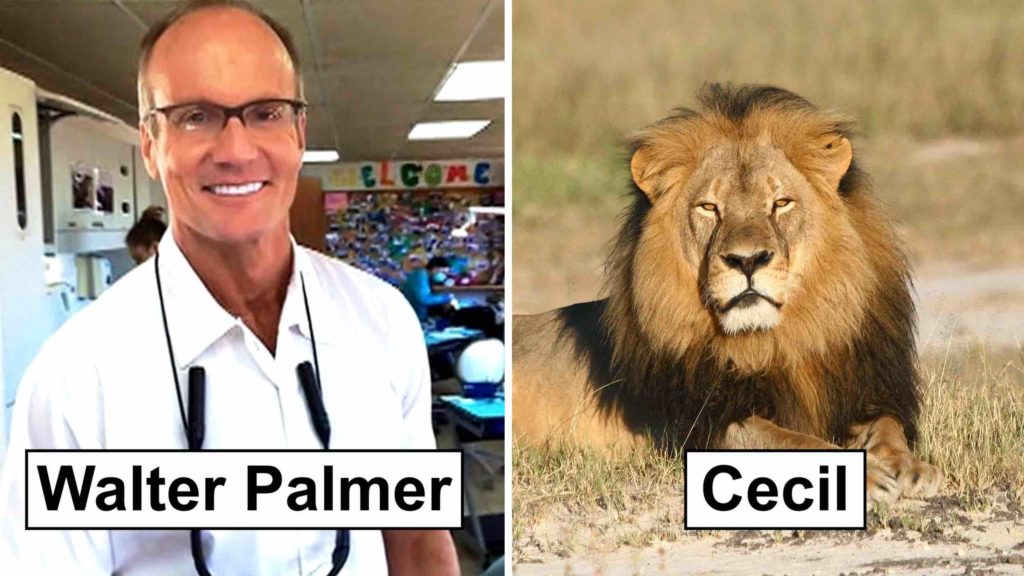
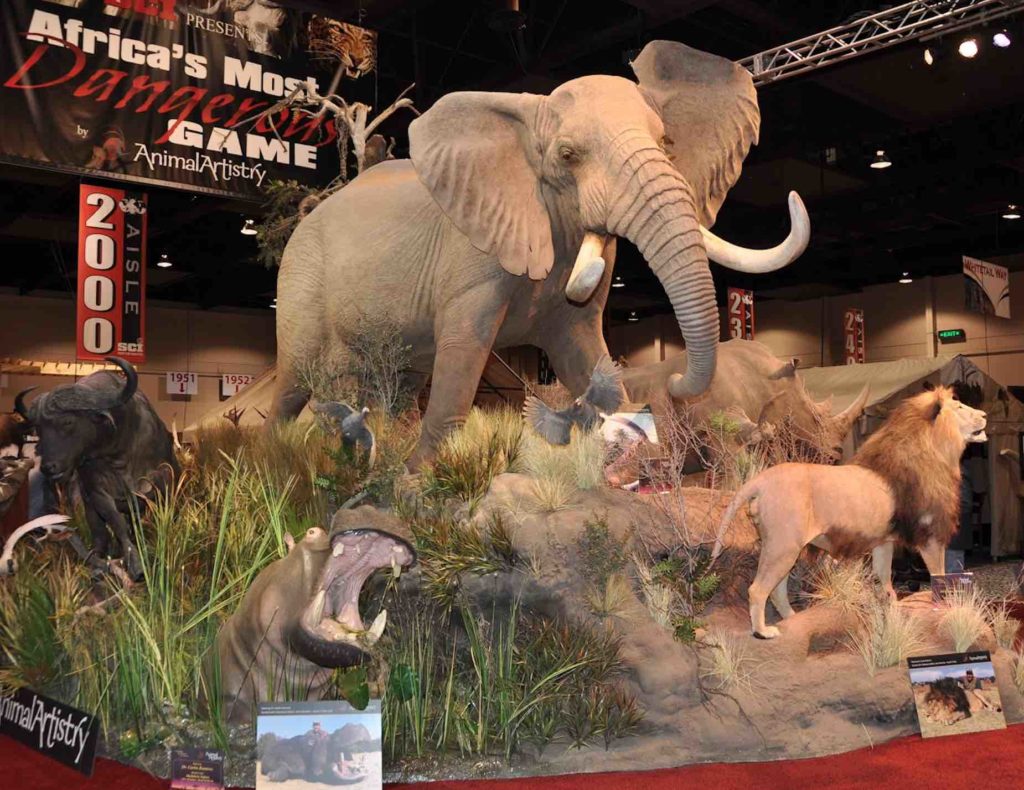
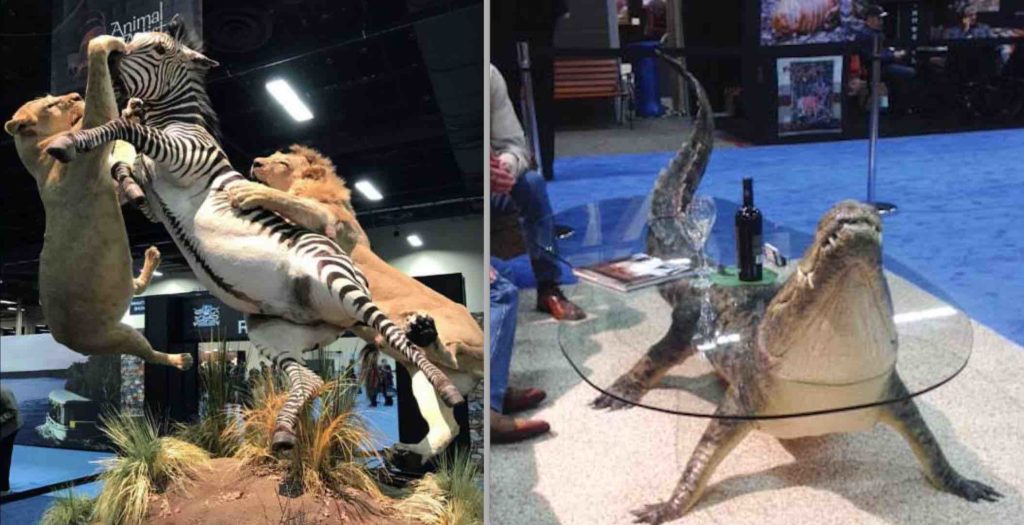
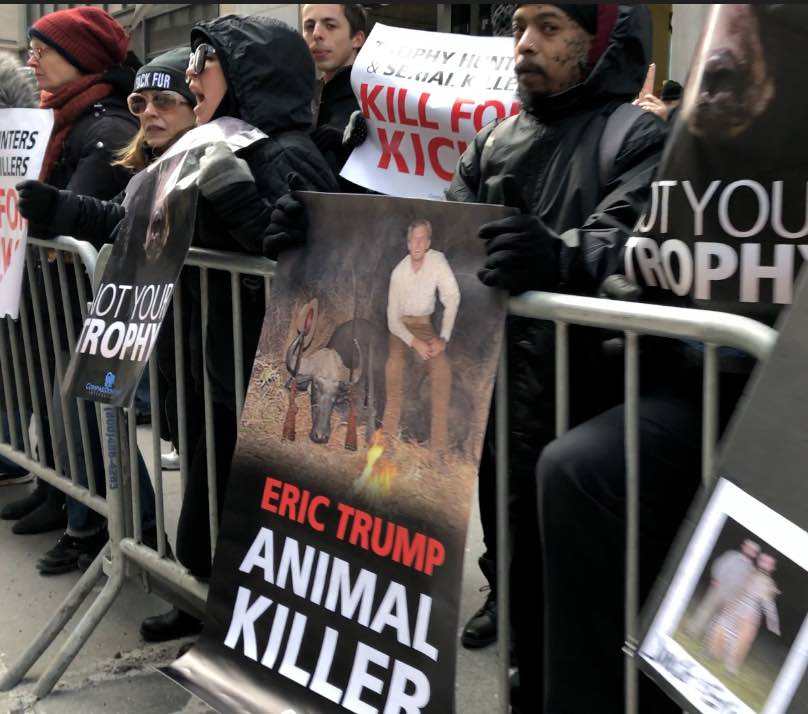
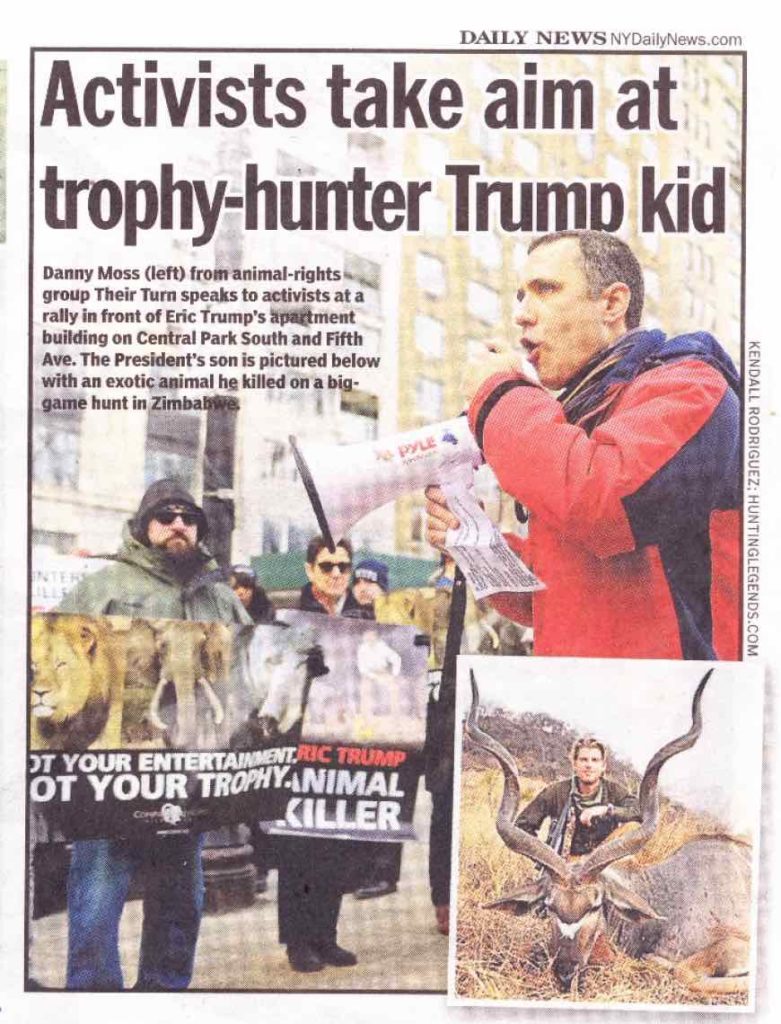
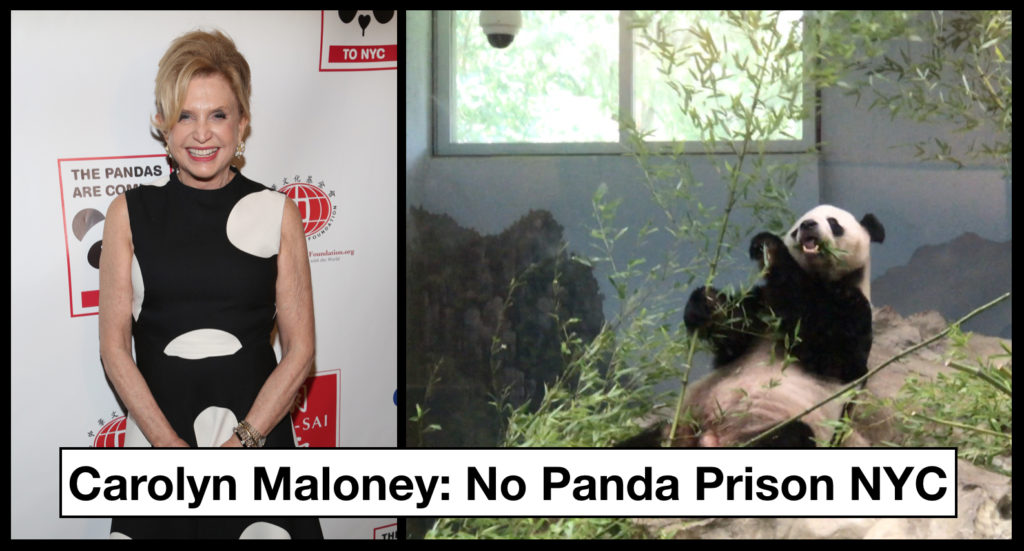
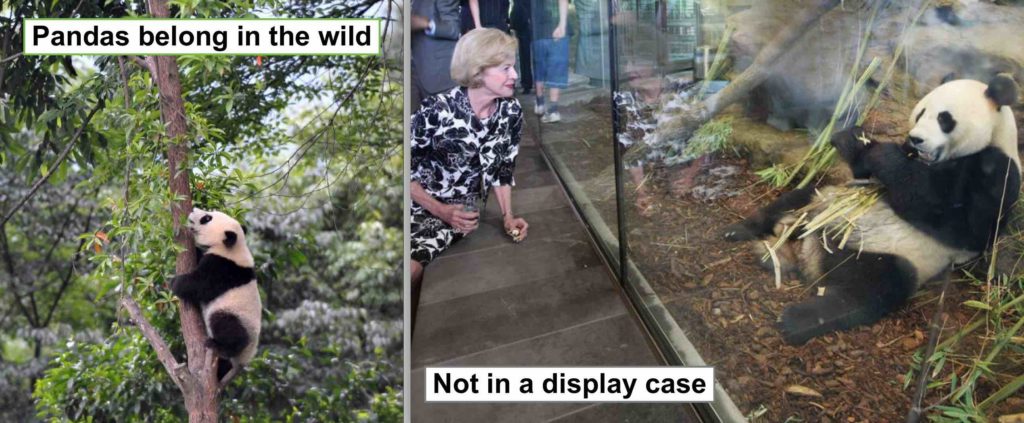
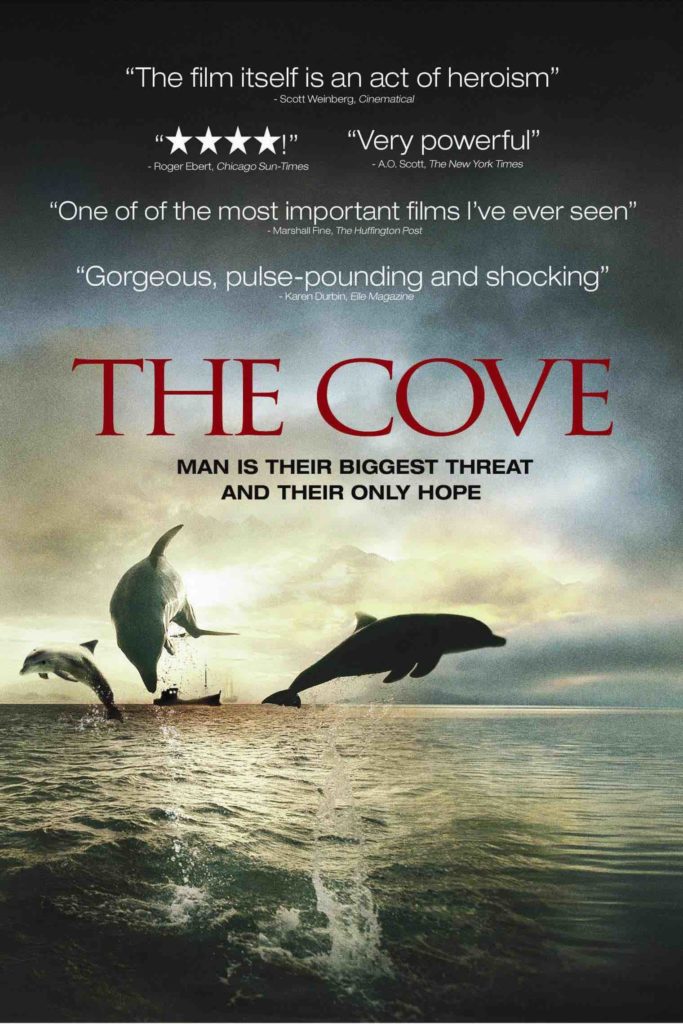
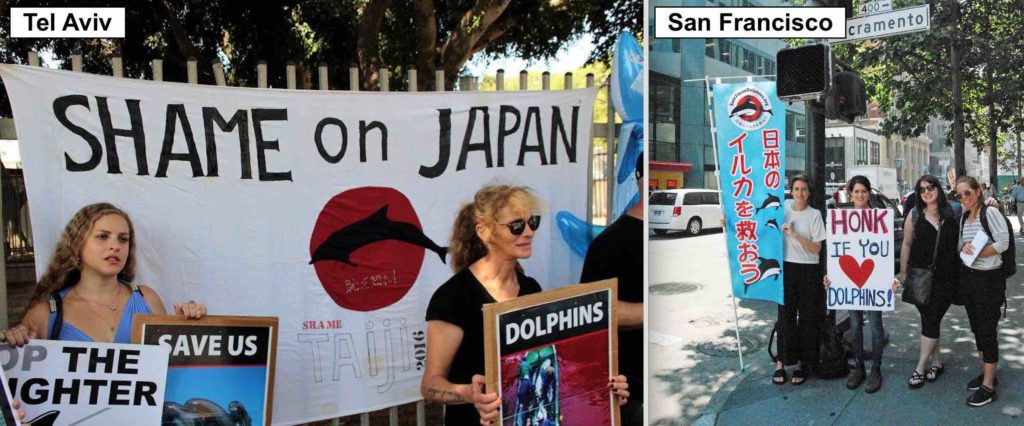
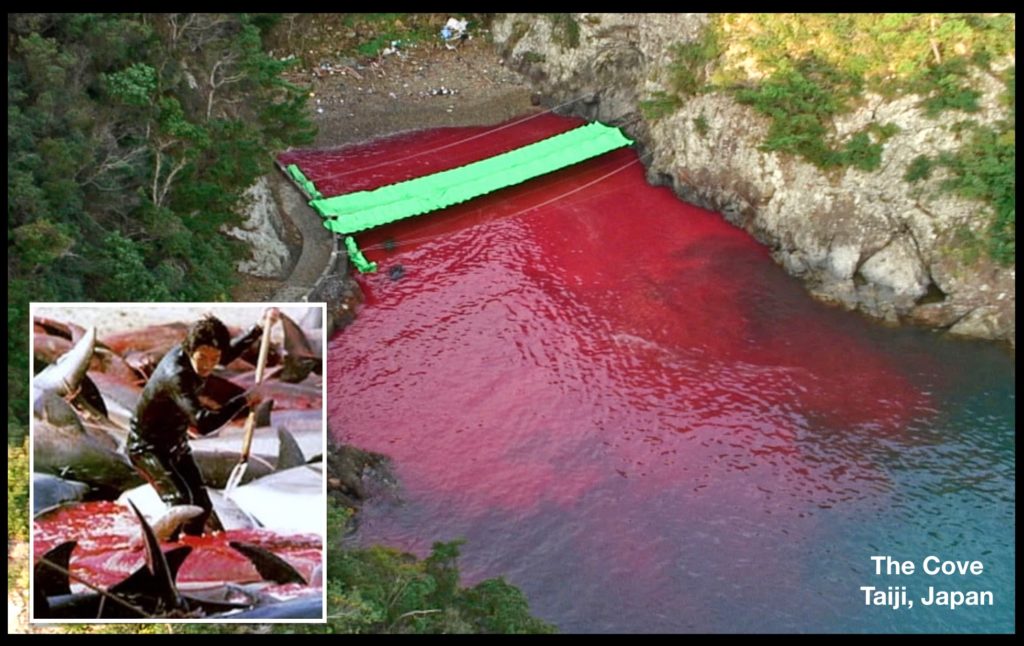
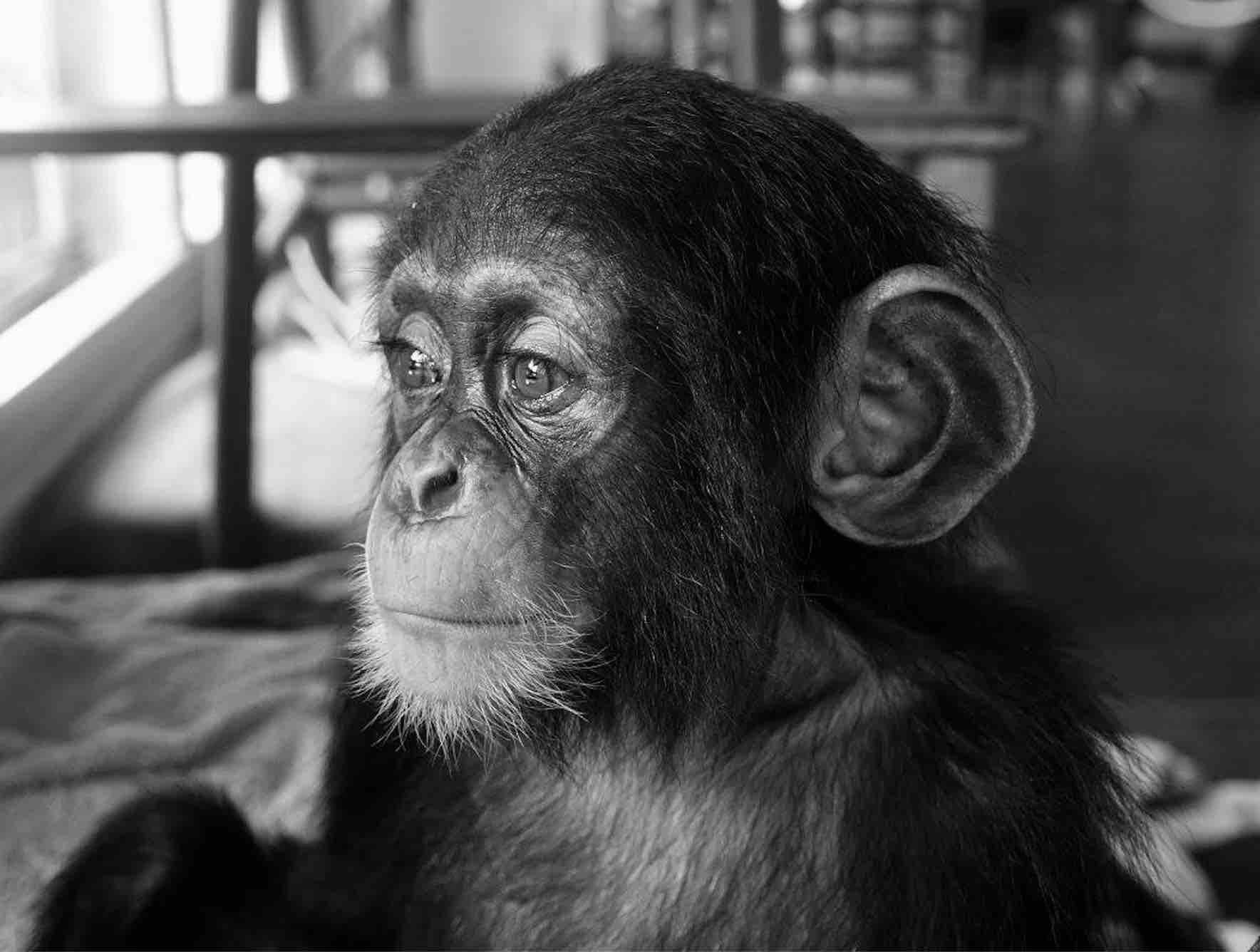
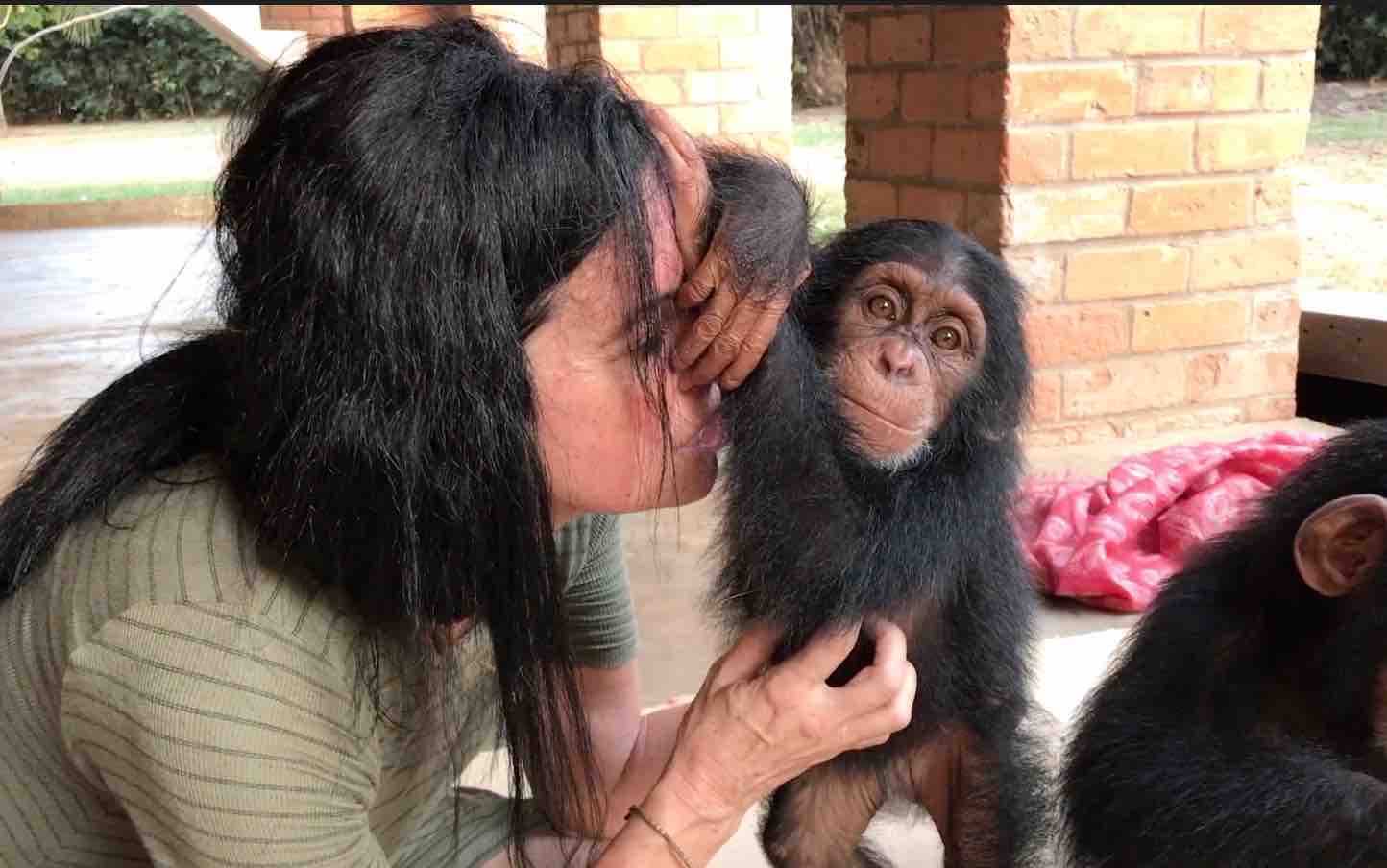
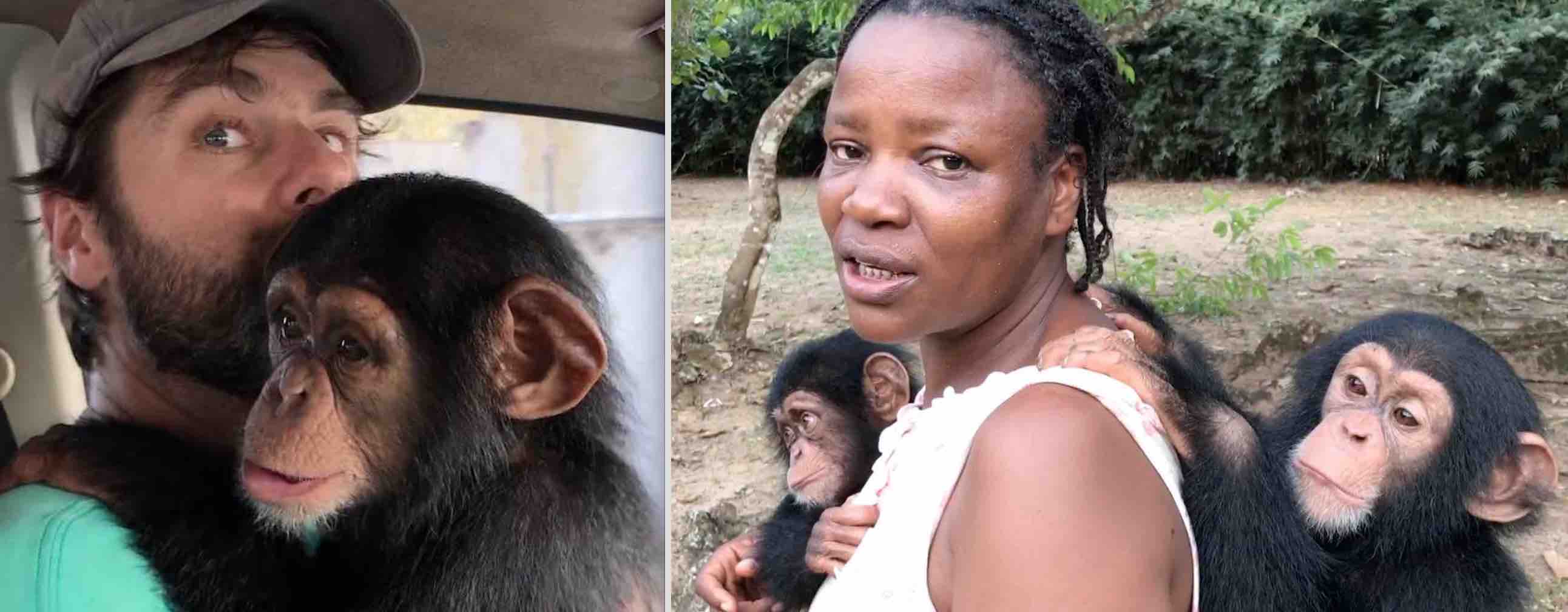
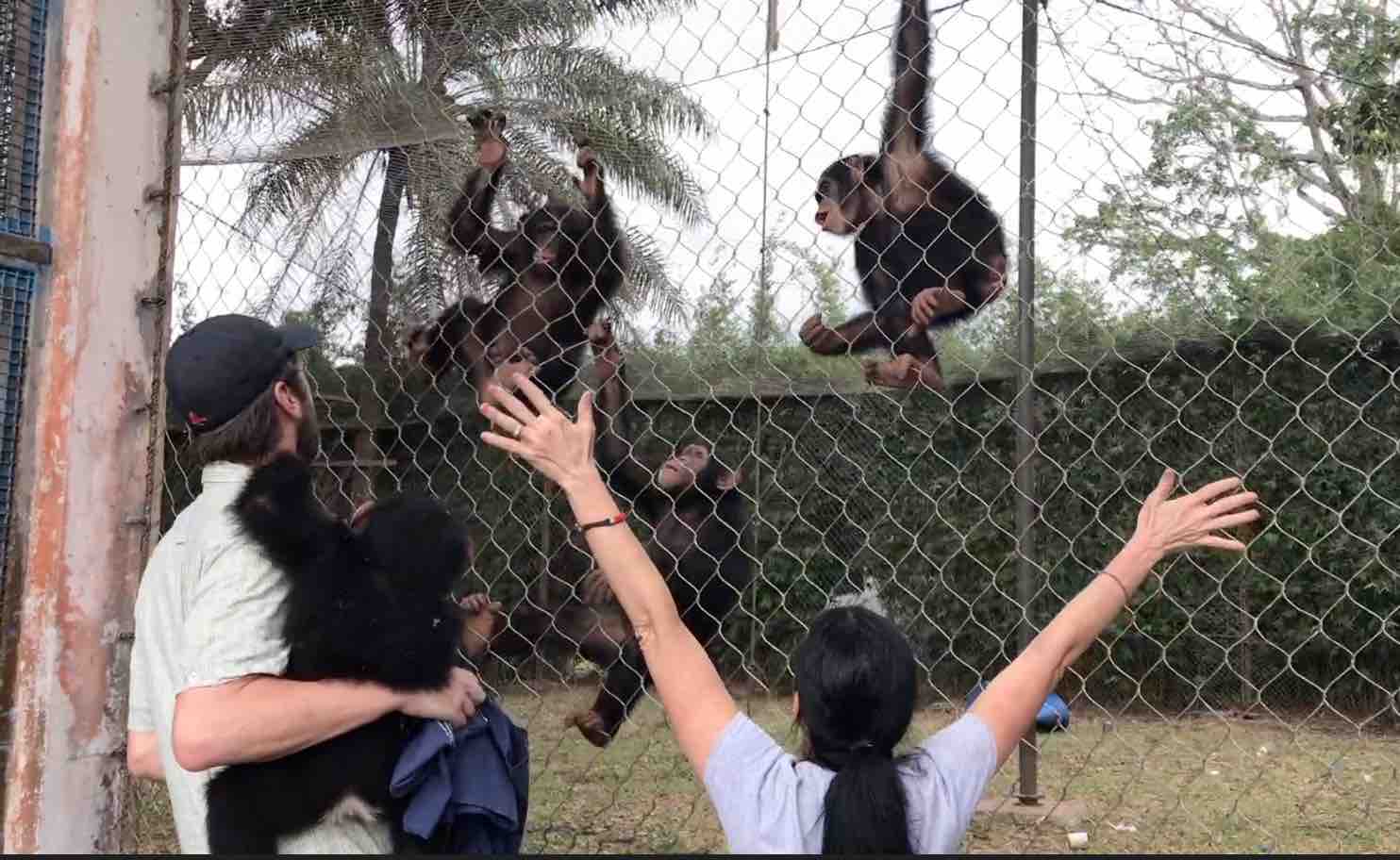
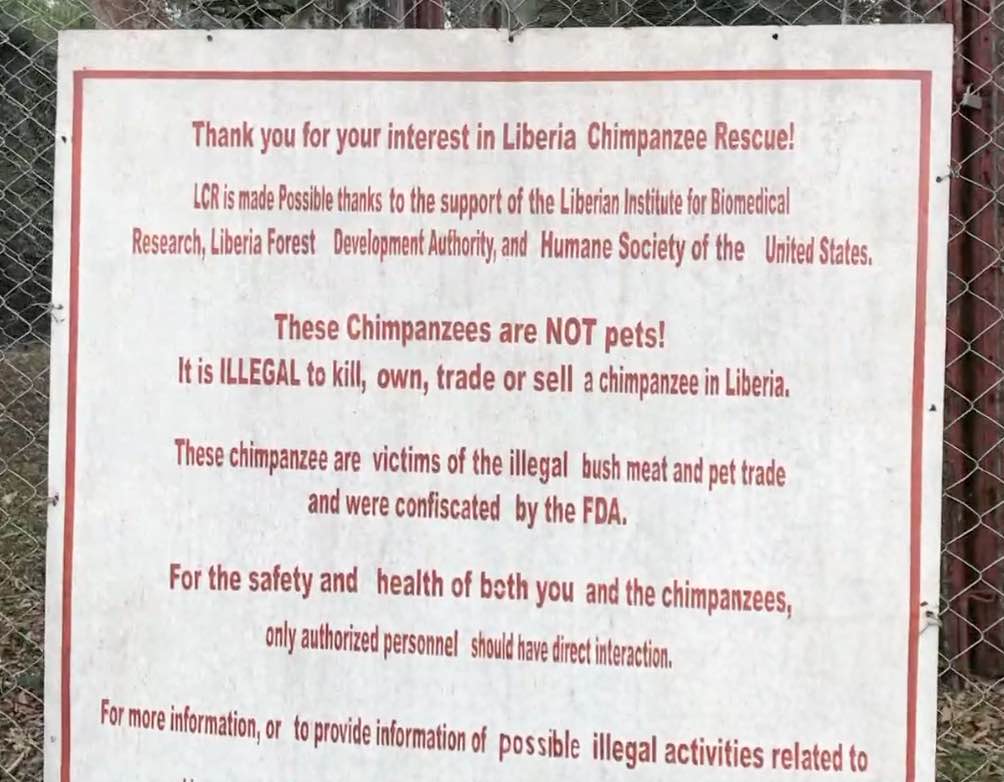
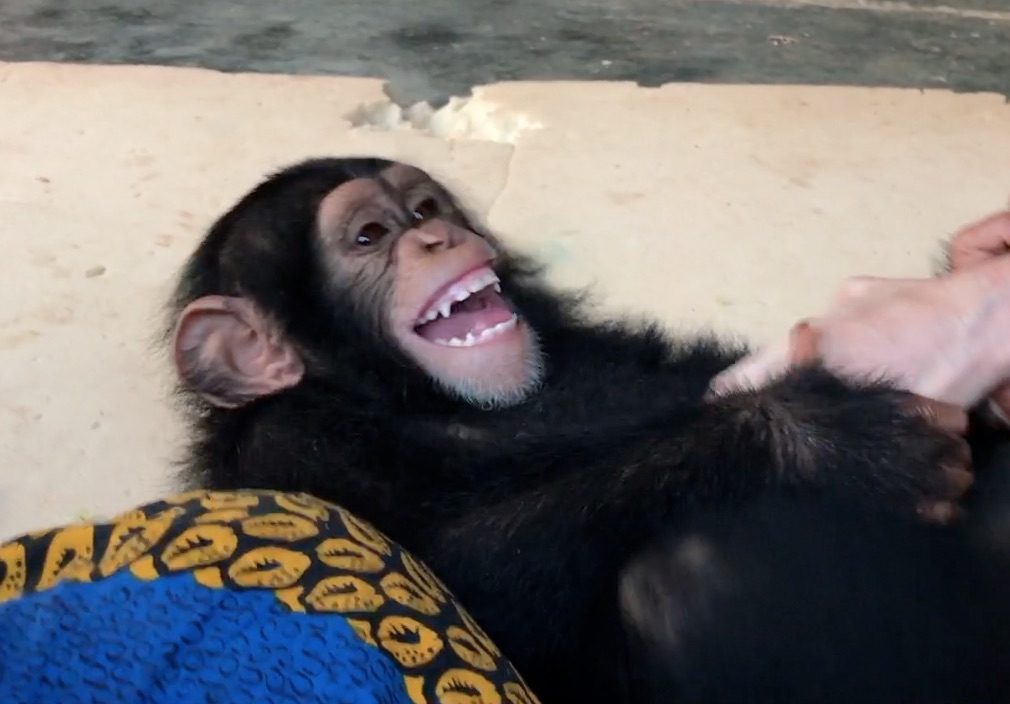
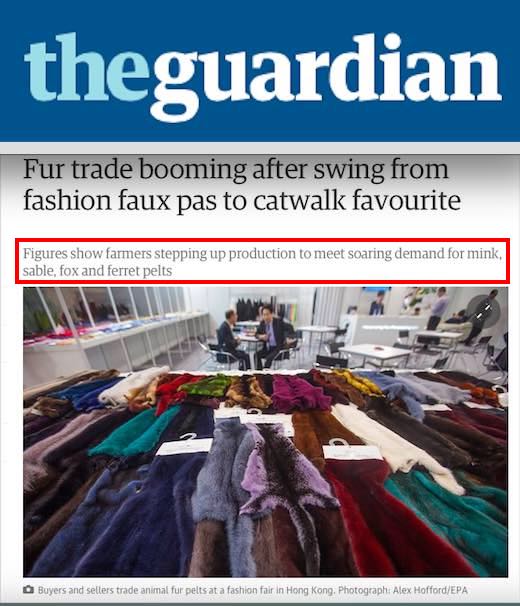
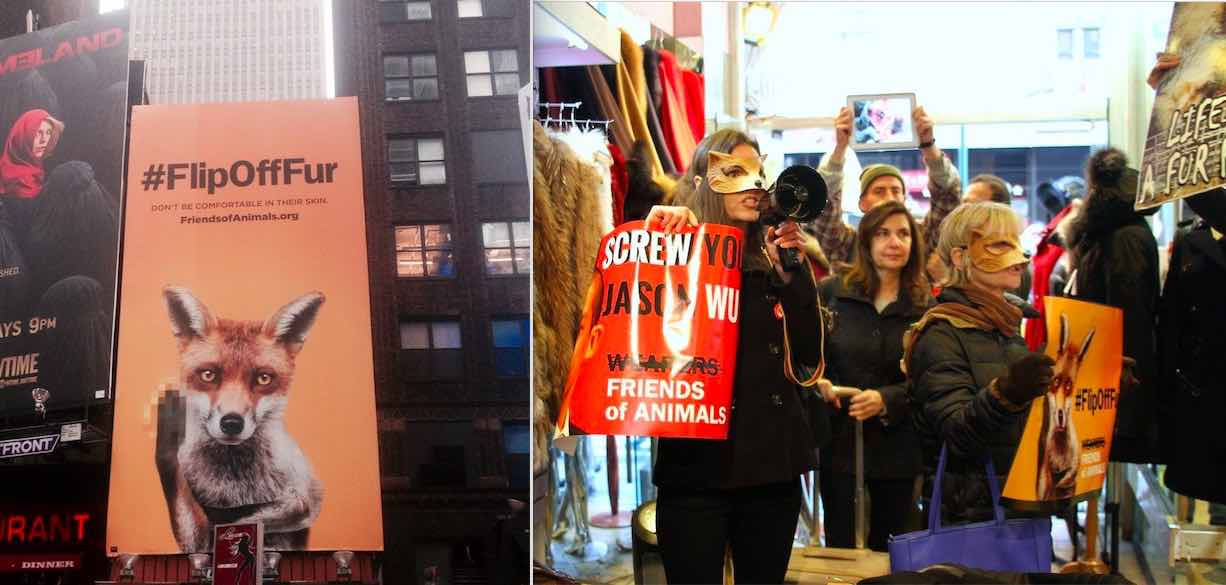
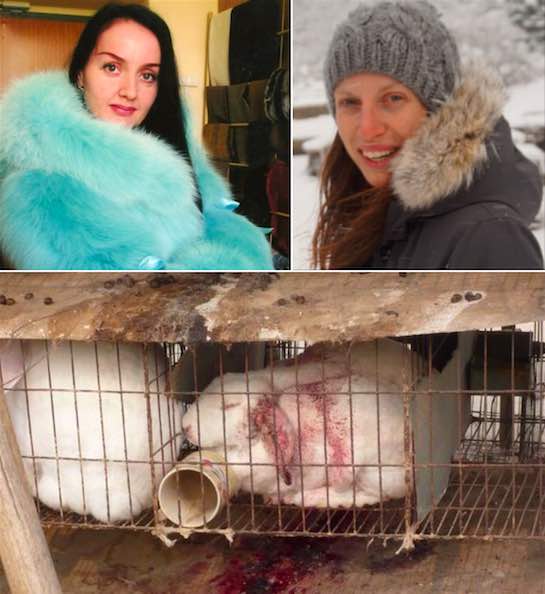
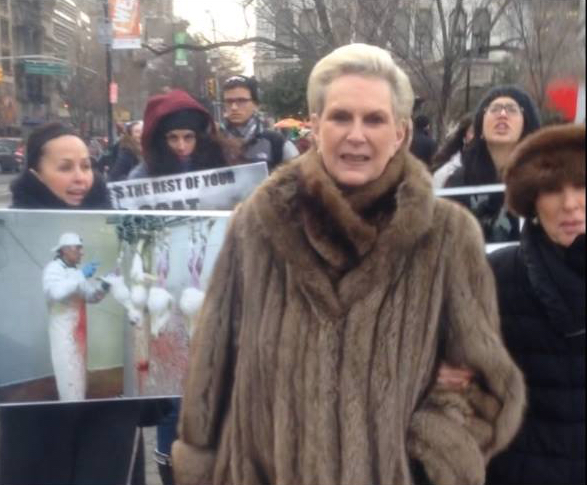
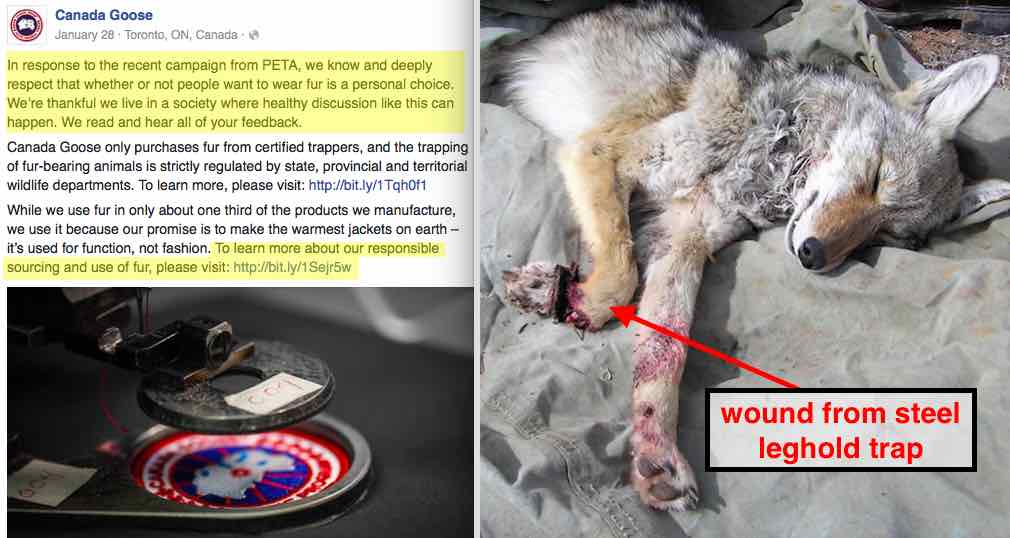
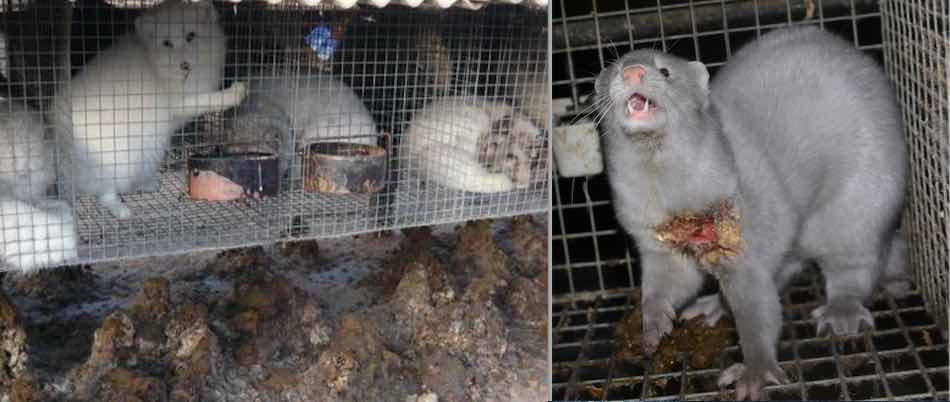
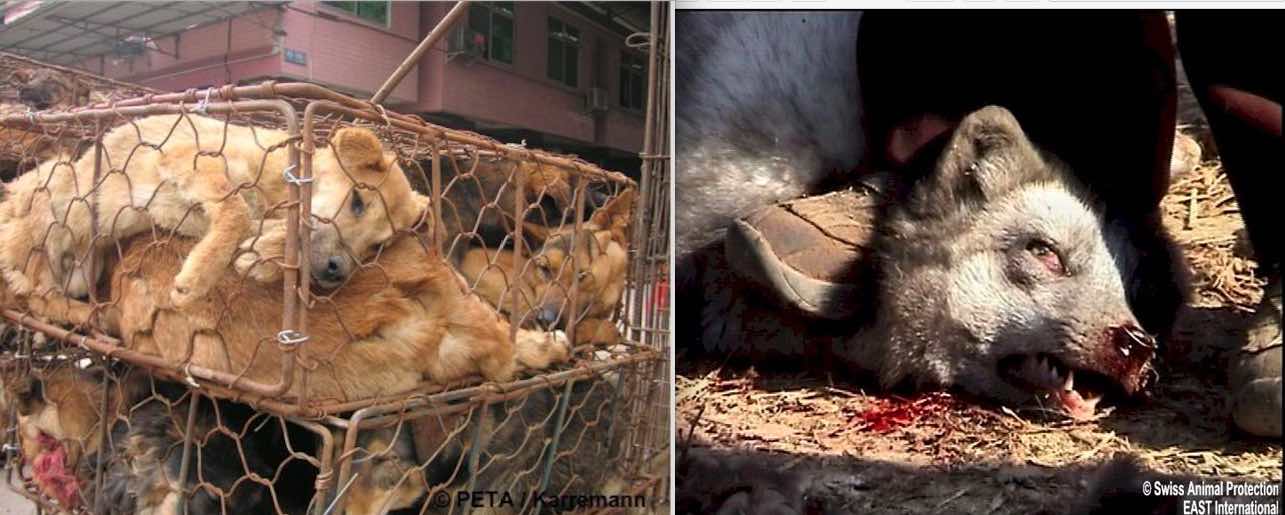
Follow Their Turn